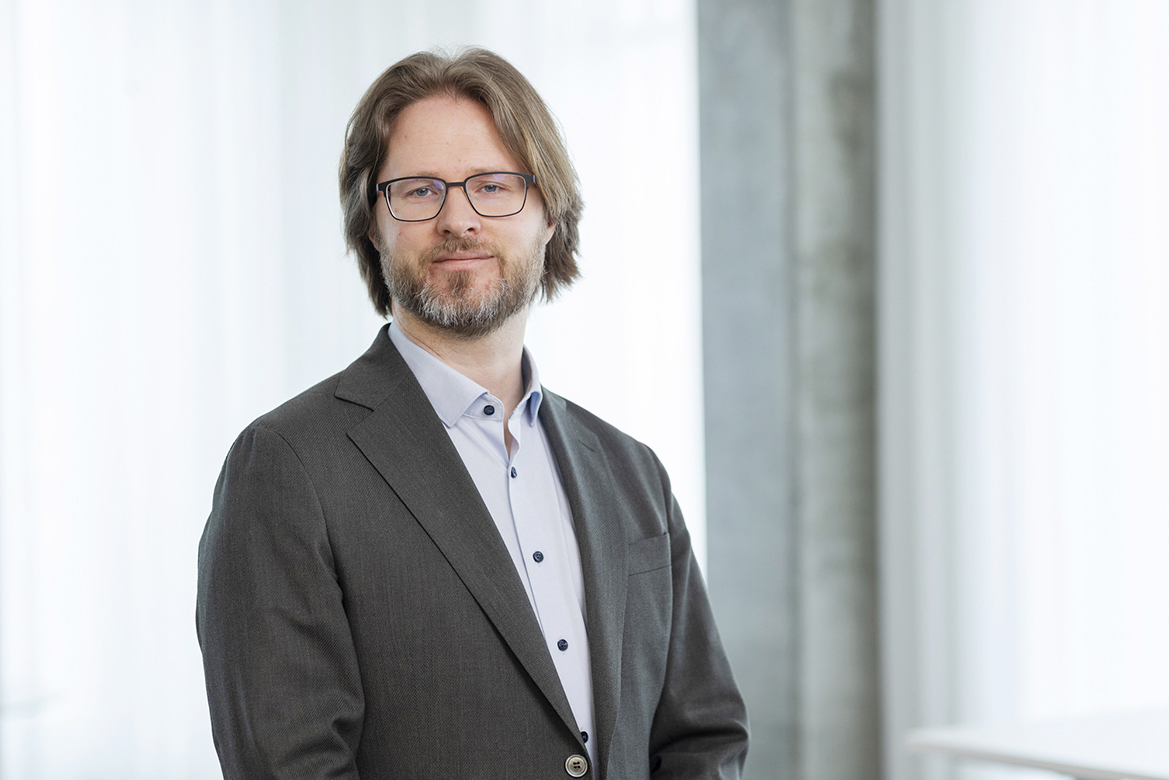Nuclear power on the rise in Europe
Nuclear is considered a good option when seeking energy self-sufficiency and moving away from fossil fuels.

In several European countries, attitudes toward nuclear have become more positive in the last five years. According to Ville Tulkki, who works at VTT Technical Research Centre of Finland as the Team Leader of Nuclear Energy Research, the war in Ukraine has made governments pay attention to energy self-sufficiency.
– The import of pipe gas from Russia to Europe has been cut down. Nuclear energy is also seen as one solution facilitating the achievement of the tight emission goals of EU, Tulkki elaborates.
According to him, it is justified to talk about a nuclear power boom in Europe, based on the mindset of governments and large-scale industry. Of course, there is still a long way to go before plans and changes in attitudes result in the construction of facilities.
Attitudes toward nuclear power have fluctuated ever since nuclear was first utilised in energy production in the 1950s.
The 1960s and 1970s were an era of active planning and construction. Tulkki describes the current climate of opinion as divided: some governments wish to keep away from nuclear power, other governments are planning to build new power plants.
– Germany, for example, has remained steadfast with its rejection of nuclear. The country’s energy policy is strongly built on renewable energy and the development of hydrogen economy, Tulkki explains.
EU requires that countries utilising nuclear energy start the final disposal of spent nuclear fuel by the year 2050.
– The concept developed by Posiva for the final disposal of spent nuclear fuel is certainly of interest to energy companies looking to start final disposal.
Several projects in planning
According to the listing of the International Atomic Energy Agency IAEA, there are 11 power plant units under construction in Central and Eastern Europe and three in Western Europe. The highest construction volumes are found in Asia and the Far East.
However, preliminary plans for new plants are being made in several European countries.
– Czech Republic has already selected Korea Hydro and Nuclear Power (KHNP) as the supplier for the construction of two plant units. Previously South Korean companies have built plants also in the United Arab Emirates, apart from their own country.
The plants in the Czech Republic would be the first ones in Europe constructed by a South Korean company. Poland has signed a contract with the US-based Westinghouse on the construction of the country’s first nuclear power plant. As we have reported earlier, Fortum and Teollisuuden Voima will provide expert services to this project. (TVO and Fortum to provide expert services for Poland’s nuclear power program)
Sweden has made a complete about-turn. A referendum on nuclear power was held in Sweden in 1980 after the Harrisburg accident. As a result of the referendum, a decision was made to forego nuclear power.
– In 2023, the Swedish government announced its plan for a large amount of new nuclear power in the country. The justification for this was to move away from fossil energy sources. The goal in Sweden is that by 2035, there will be 2,500 Megawatts of new nuclear power in the country and by 2045, the nuclear power volume will correspond to 10 large nuclear power plants. If all the planned projects are brought to completion, five years from now we will see large-scale plant projects moving forward in Europe. For example, France is planning the construction of eight new EPR plant units.
SMR plants about to become reality
Tulkki has researched the possible applications of small modular reactors (SMR). They have a power output of a few hundred Megawatts. They could find usage in e.g. the production of district heat and electricity for industrial consumers. Their technology is identical to large nuclear power plants, but scaled down to a smaller size.
Fermi Energia operating in Estonia, for example, is planning to build a small modular nuclear power plant but similar plans are being made also in other European countries. In Finland, energy company Helen has signed a letter of intent with the Finnish company Steady Energy Oy for the building of a heat-producing nuclear power plant.
– As far as the production of SMR reactors is concerned, we are still at the planning and licensing stage. We need to be able to build SMR reactors in series production in order to reduce their production costs, Tulkki says.
In Tulkki’s opinion, governments need to have the political mindset to support the development of SMR plants to open up the way for series production. Tulkki says he is interested to see how the SMR Alliance set up by the European Commission will affect this development.
Technology giants also turning to nuclear
The data centres of the technology industry use an increasing amount of energy to produce AI and cloud-based services.
Major global technology giants, such as Microsoft, Google, and Amazon see nuclear as one solution giving them access to emission-free energy.
Google has agreed on energy cooperation with California-based Kairos Power. The aim is for Kairos Power to start supplying electricity produced by small modular reactors to Google’s data centres by 2030.
Amazon, for its part, has announced it is investing in the American nuclear energy company X-energy. The companies hope to produce through their cooperation more than five Gigawatts of electricity to data centres with modular reactors by 2039.
The aim of the cooperation project of Microsoft and Constellation Energy is to re-open the 835 MW Unit 1 of the Three Mile Island nuclear power plant in Pennsylvania by 2028. Microsoft is committed to purchasing energy from the company over a period of 20 years.
Text: Timo Sillanpää
Photo: VTT
This article was first published in News from Olkiluoto Magazine which was released in November last year.
Share